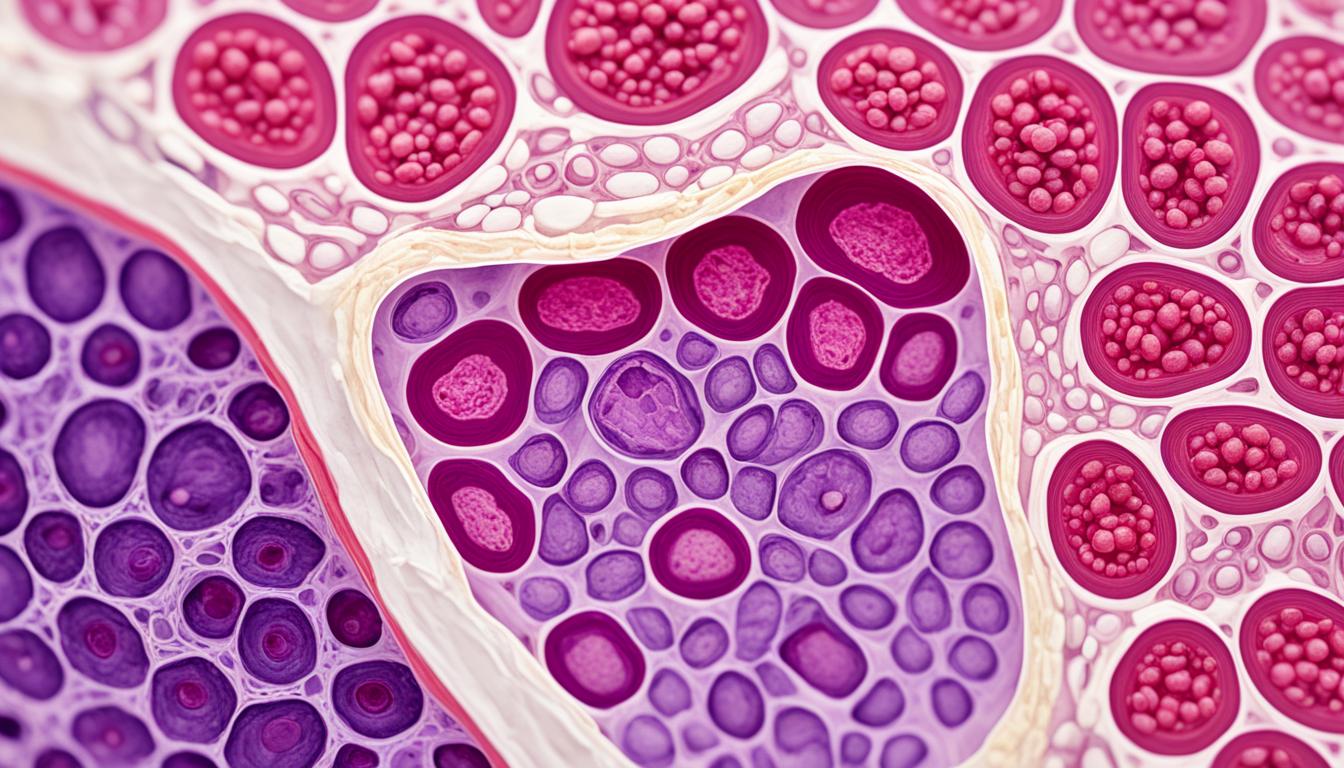A lipoma is a lump under the skin caused by an overgrowth of fat cells. They can occur in many places on the body. These include areas like the shoulders, chest, trunk, neck, thighs, and armpits. Sometimes, they show up in organs, bones, or muscles but this is less common. A lipoma is soft to the touch and may move a bit when pressed. They grow slowly, taking months or even years, and usually reach a size of 2-3 centimeters. Yet, in some cases, they can grow much bigger, exceeding 10 centimeters.
Usually, lipomas don’t hurt and don’t show other symptoms. But, they might cause pain if they affect joints, organs, nerves, or blood vessels. The exact reasons why lipomas form are not fully known. It’s believed that some might be passed down in families or tied to certain medical issues. Despite this, lipomas are commonly thought of as non-cancerous. Still, whether they can become cancerous or not is debated. Some things that can make you more likely to get a lipoma are having a family history of them, being between 40-60 years old, high cholesterol, and being overweight.
Key Takeaways:
- Lipomas are lumps under the skin caused by an overgrowth of fat cells.
- They can occur anywhere fat cells are present, but are most common on the shoulders, chest, trunk, neck, thighs, and armpits.
- Lipomas feel soft and may move slightly under the skin.
- They usually grow slowly and can reach a size of 2-3 centimeters, but giant lipomas can grow larger than 10 centimeters.
- Lipomas are usually painless, but may become painful if they affect joints, organs, nerves, or blood vessels.
- The causes of lipomas are not fully understood, but some may be inherited or result from specific medical conditions.
- Lipomas are generally considered benign, but there is debate about whether they can become cancerous.
- Risk factors for developing a lipoma include family history, age (40-60 years), high cholesterol, and obesity.
Lipoma Symptoms and Diagnosis
Feeling a soft, oval-shaped lump under the skin can be a sign of a lipoma. These lumps are generally painless. But, if they press on something like a joint or nerve, they might hurt. In some cases, lipomas can lead to other symptoms. These might include nausea, vomiting, or trouble breathing or swallowing. This all depends on where the lipoma is.
Diagnosing a lipoma is often simple for doctors. They first do a physical check. Then, they might order other tests like a biopsy, or a scan. A biopsy means taking a small piece of the lump to look at it closely. They do this to see if the lump is cancerous. These tests also help doctors tell the difference between a lipoma and other growths.
Image alt tag: Lipoma Symptoms
Lipoma Treatment and Removal
Lipomas are mostly harmless and may not need quick treatment. Yet, some choose to remove them. This might be because they cause pain, grow fast, or change the look of the skin. People may also choose removal to be sure it’s not a risky tumor.
Surgery is the usual way to remove lipomas. For small ones, doctors make a tiny cut to take them out. But, if a lipoma is big, a bigger cut may be needed. In some cases, liposuction, a process where the fat is sucked out, is used.
After a lipoma is taken out, it’s sent to a lab. There, it’s checked to be safe. Plus, this ensures any risks are known. Recovery from this kind of surgery often leads to very small scars.
Treatment Options for Lipomas:
| Treatment | Description |
|---|---|
| Surgical Removal | A small incision or a larger incision is made to remove the lipoma. |
| Liposuction | A vacuum-like device is used to remove the lipoma through a small incision. |
| Watchful Waiting | In cases where lipomas are asymptomatic and not causing any complications, monitoring the growth without immediate intervention. |
| Injection Lipolysis | A solution is injected into the lipoma to shrink its size. |
Not every lipoma needs to be treated. The choice to remove one should be discussed with a doctor. Factors such as size and placement of the lipoma matter. It’s also about what the individual wants.
The Promise of Stem Cell Therapy for Lipoma
Lipomas are mostly harmless and often don’t need treatment. However, scientists are looking into stem cell therapy for them. Stem cells can turn into various cell types, including fat cells. This makes them a target for reducing lipoma growth.
Stem cell therapy is an exciting new area, but it’s still being tested. It might work as well as surgery or in addition to it. By using the body’s own regeneration, we could treat lipomas more gently.
But, we need more research to be sure stem cell therapy is safe and effective. There are trials going on to find the best way to use it and what results to expect. If these studies go well, stem cell therapy could change how we treat lipoma.

